World’s longest underwater cave is found in Mexico
Measuring 215.6 miles, the cavern is full of ancient Mayan artefacts, as well as the remains of early settlers
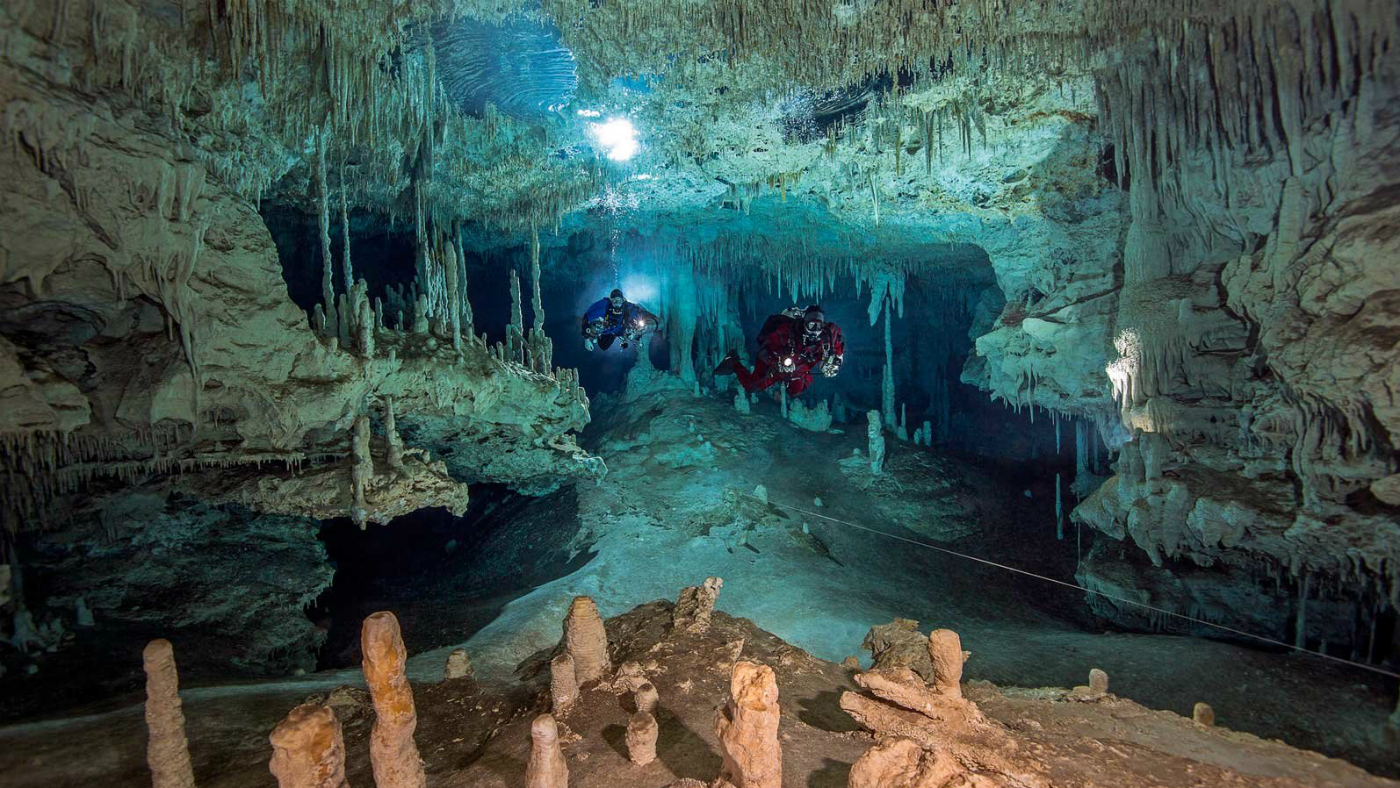
A tunnel has been discovered beneath Mexico’s Yucatan Peninsula that scientists believe could be the largest underwater cave in the world.
The 215.6 mile-long cave is connected by two of the world’s largest flooded caverns – Sac Actun and Dos Ojos in Tulum, Quintana Roo. The cave has beaten the record of 167.9 miles, formerly held by Ox Bel Ha in the same region.
The Week
Escape your echo chamber. Get the facts behind the news, plus analysis from multiple perspectives.

Sign up for The Week's Free Newsletters
From our morning news briefing to a weekly Good News Newsletter, get the best of The Week delivered directly to your inbox.
From our morning news briefing to a weekly Good News Newsletter, get the best of The Week delivered directly to your inbox.
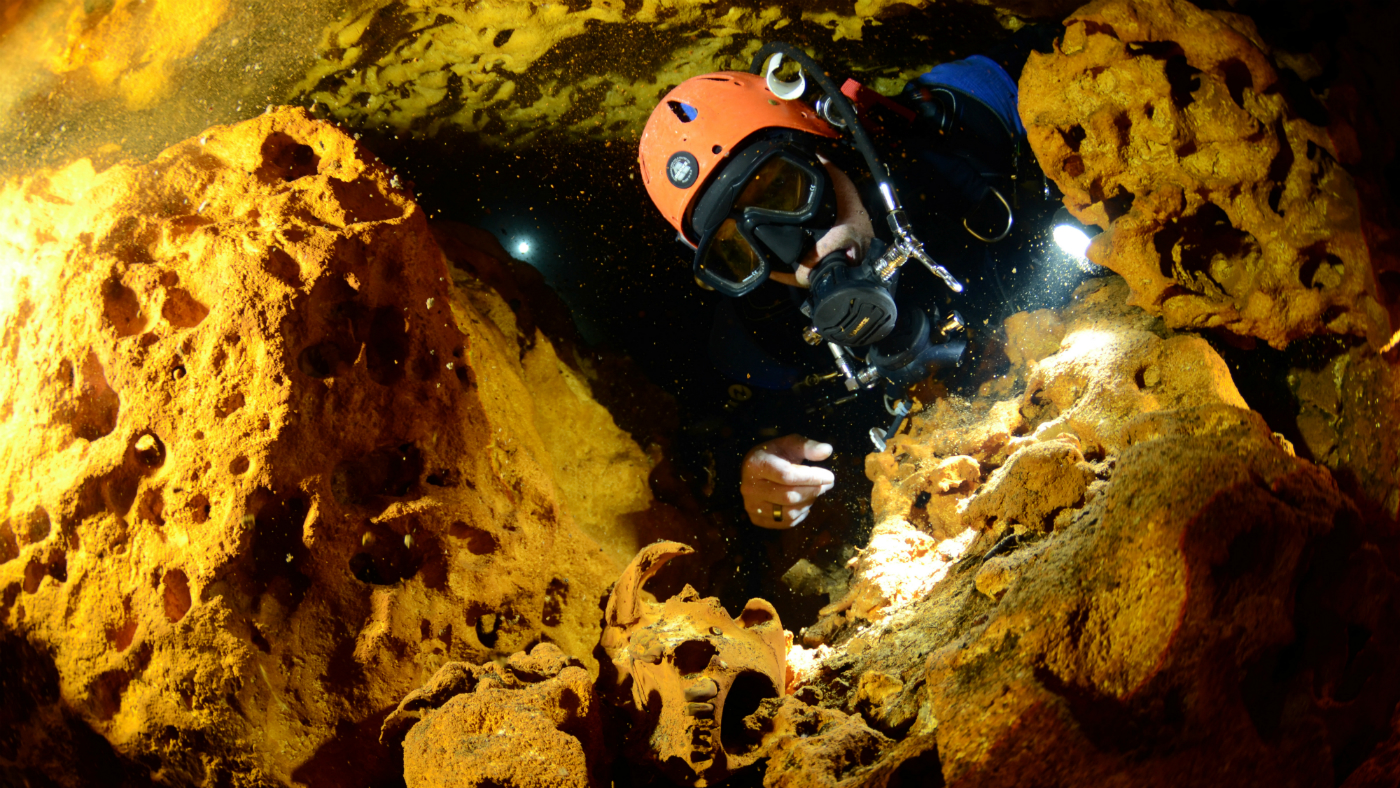
Photo credit: Getty Images
The discovery was made by the research unit Gran Acuifero Maya which has been exploring the two caverns for twenty years in an attempt to find a link.
It took 10 months of extensive exploration before the caves were found. Science Alert describes it as an “underwater wonderland” that could also “reveal “lost secrets of the ancient Maya civilisation”.
“This immense cave represents the most important submerged archaeological site in the world,” says underwater archaeologist Guillermo de Anda from Mexico's National Institute of Anthropology and History. “It has more than a hundred archaeological contexts, among which are evidence of the first settlers of America, as well as extinct fauna and, of course, the Maya culture.”
A free daily email with the biggest news stories of the day – and the best features from TheWeek.com
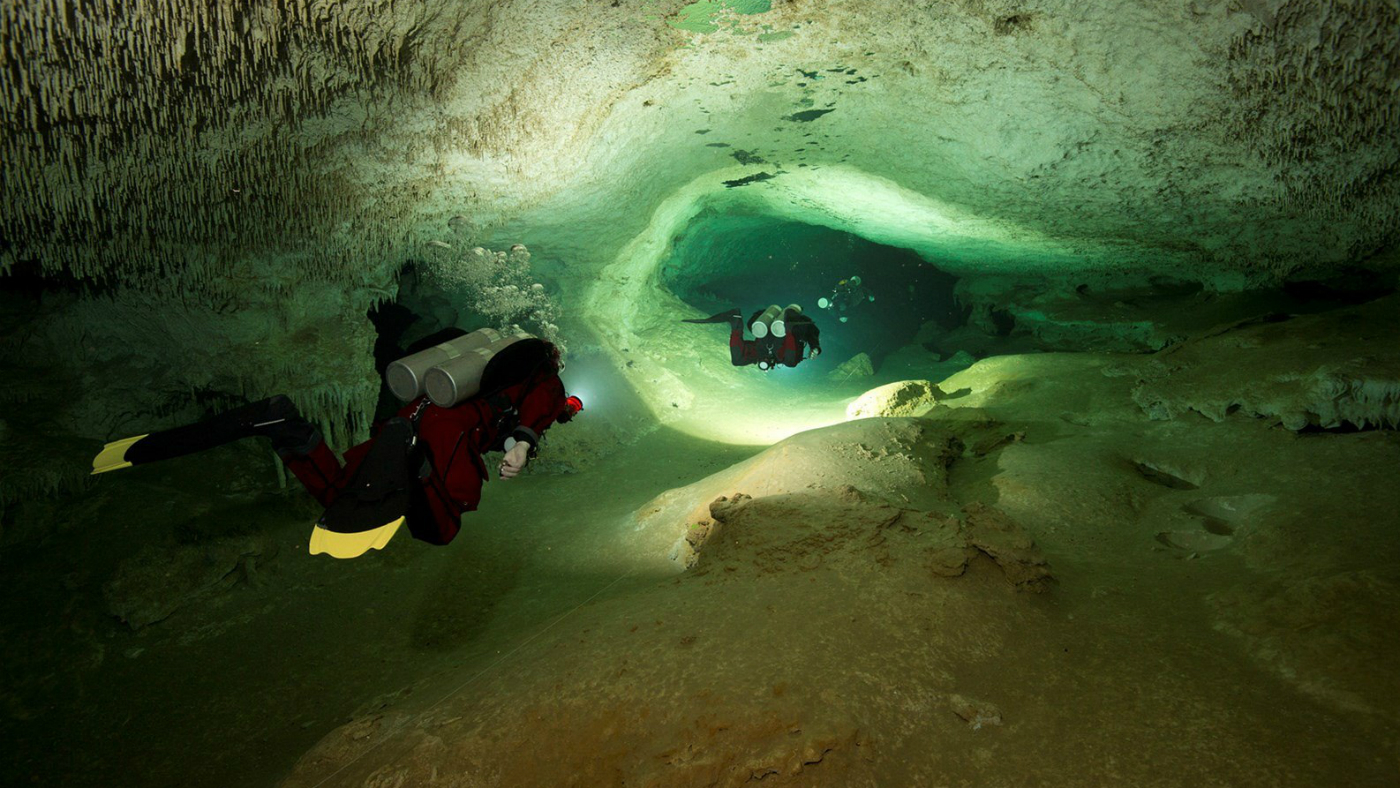
Photo credit: Getty Images
Exploration teams have found artefacts from Mayan settlers, who dominated the region at the time, including the remains of extinct plants, Mayan archaeology, ceramics, graves and even the remains of early human settlers in the region.
What also makes this finding immensely valuable, according to National Geographic, is that it supports a “great biodiversity that depends on this enormous system and represents an extensive reserve of fresh water that has given life to this region of the Yucatan Peninsula since time immemorial.”
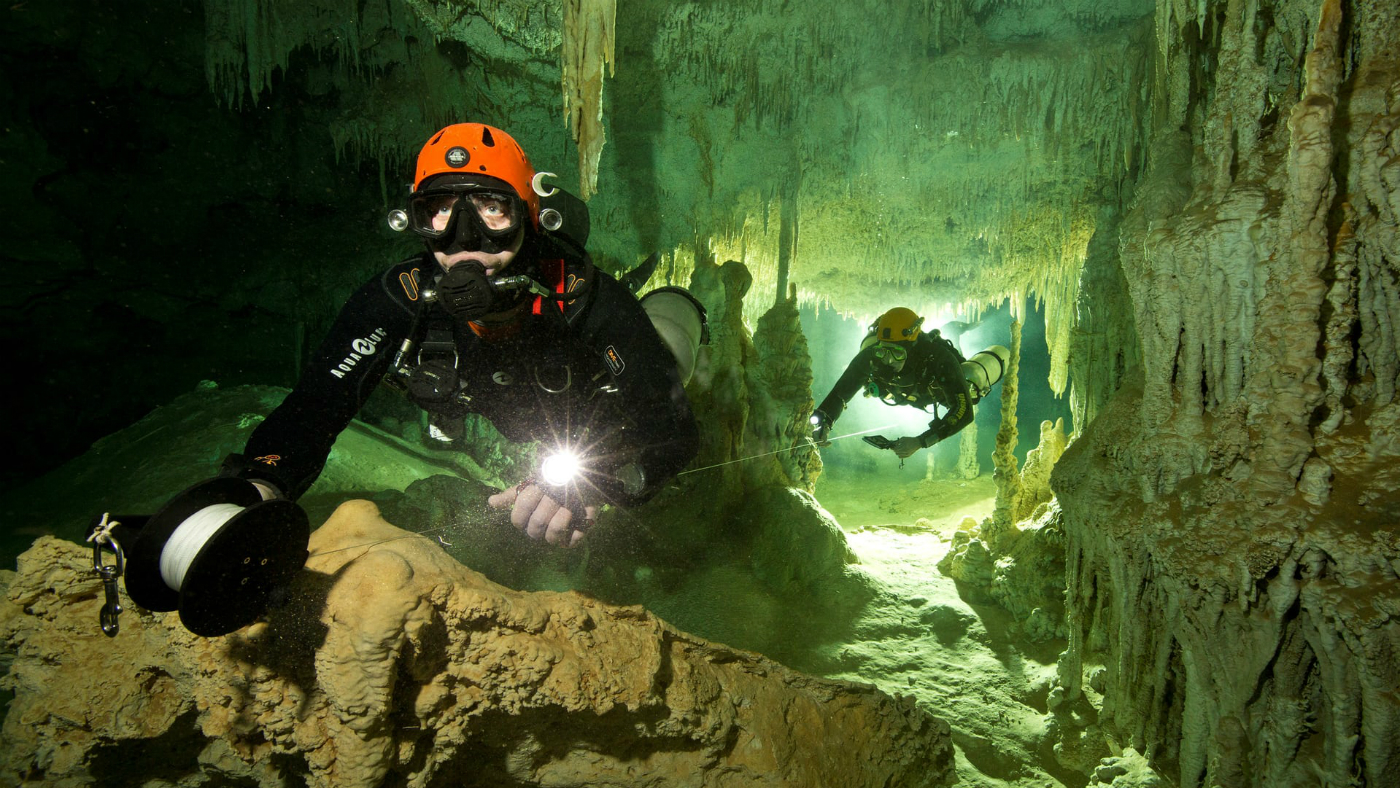
Photo credit: Getty Images
The next phase includes an analysis of the water quality of the Sac Actun System, and a study of its biodiversity and conservation.
-
 Femicide: Italy’s newest crime
Femicide: Italy’s newest crimeThe Explainer Landmark law to criminalise murder of a woman as an ‘act of hatred’ or ‘subjugation’ but critics say Italy is still deeply patriarchal
-
 Brazil’s Bolsonaro behind bars after appeals run out
Brazil’s Bolsonaro behind bars after appeals run outSpeed Read He will serve 27 years in prison
-
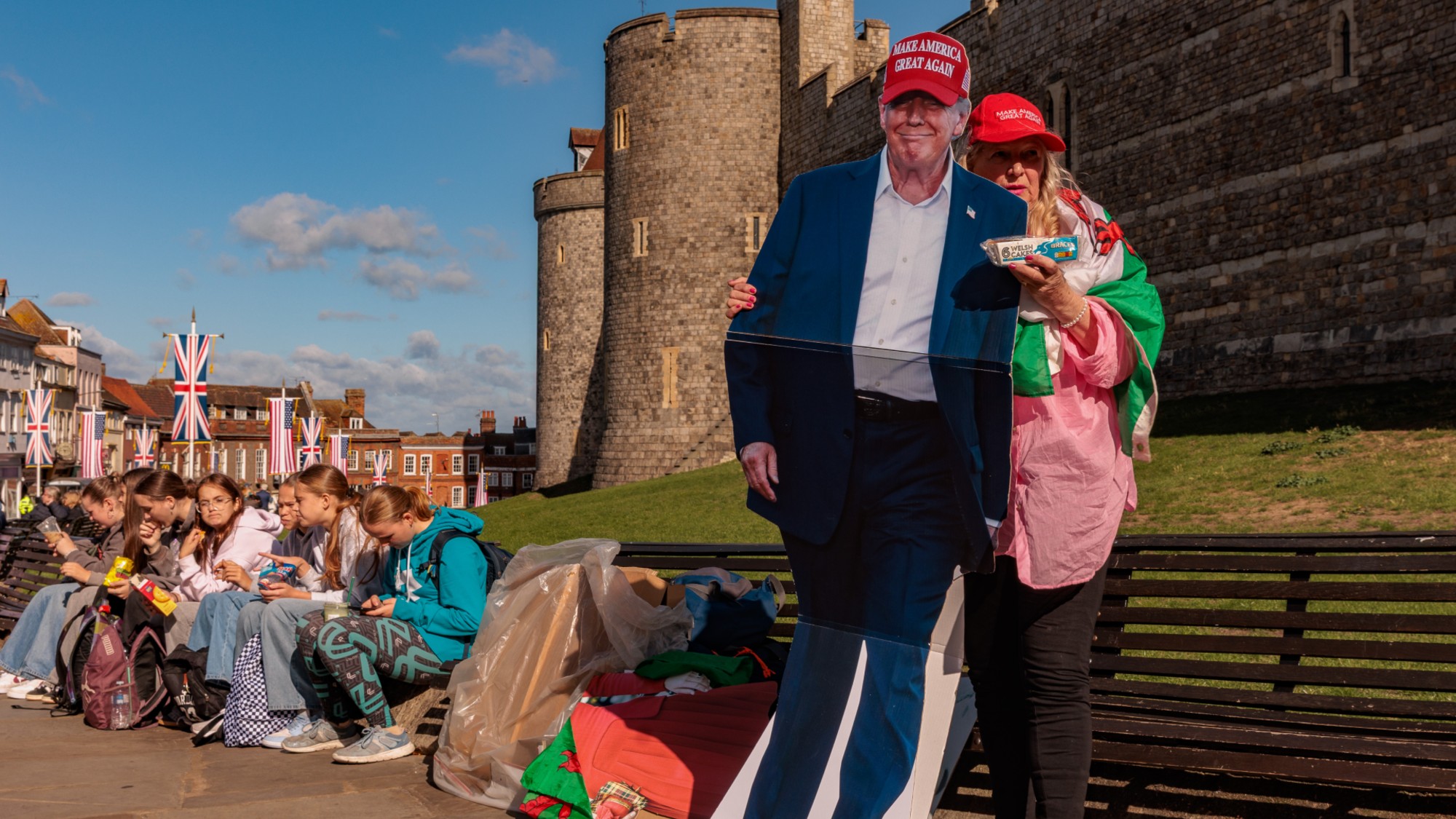 Americans traveling abroad face renewed criticism in the Trump era
Americans traveling abroad face renewed criticism in the Trump eraThe Explainer Some of Trump’s behavior has Americans being questioned
-
 Claudia Sheinbaum and Mexico’s sexual harassment problem
Claudia Sheinbaum and Mexico’s sexual harassment problemUnder the Radar Claudia Sheinbaum vows action against sexual harassment after viral incident, but machismo and violence against women remains deeply ingrained
-
 Nigeria confused by Trump invasion threat
Nigeria confused by Trump invasion threatSpeed Read Trump has claimed the country is persecuting Christians
-
 What is Donald Trump planning in Latin America?
What is Donald Trump planning in Latin America?Today’s Big Question US ramps up feud with Colombia over drug trade, while deploying military in the Caribbean to attack ships and increase tensions with Venezuela
-
 Sanae Takaichi: Japan’s Iron Lady set to be the country’s first woman prime minister
Sanae Takaichi: Japan’s Iron Lady set to be the country’s first woman prime ministerIn the Spotlight Takaichi is a member of Japan’s conservative, nationalist Liberal Democratic Party
-
 Russia is ‘helping China’ prepare for an invasion of Taiwan
Russia is ‘helping China’ prepare for an invasion of TaiwanIn the Spotlight Russia is reportedly allowing China access to military training


